ECB Governing Council member Klaas Knot told CNBC today, “Our president has already announced that most of the ground that we have to cover we will cover at a constant pace of multiple 50 basis-point hikes”
“So we will continue that at a steady pace. Based on the information that we have available today, that predicates another 50-basis-point rate hike at our next meeting, and possibly at the one after that, and possibly thereafter, but everything will also be determined by the review of data. So don’t assume that it’s a one-shot 50; it’s more than that,” he added.
Referring to recent market speculations that ECB will slow down rate hikes in March, Knot said, “The sort of market developments that I’ve seen over the last two weeks or so, are not entirely welcome… I don’t think that they are compatible, actually, with a timely return of inflation towards 2%.”
“Core inflation shows no signs of abating,” Knot said. “I would first need to see different dynamics in core inflation before I could start thinking about a more equal balance of risk.”




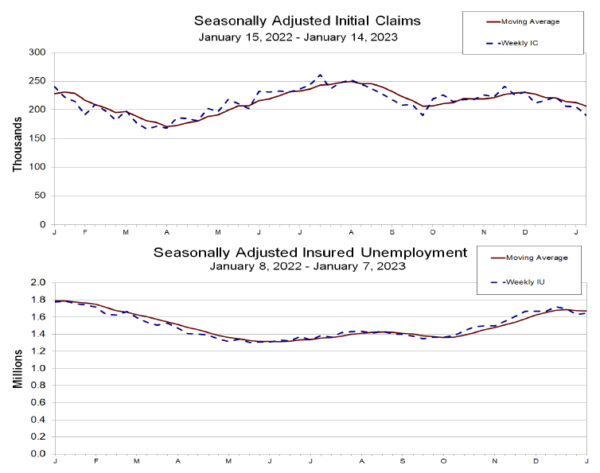
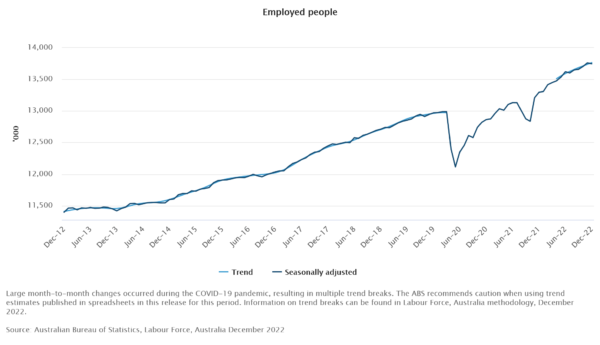
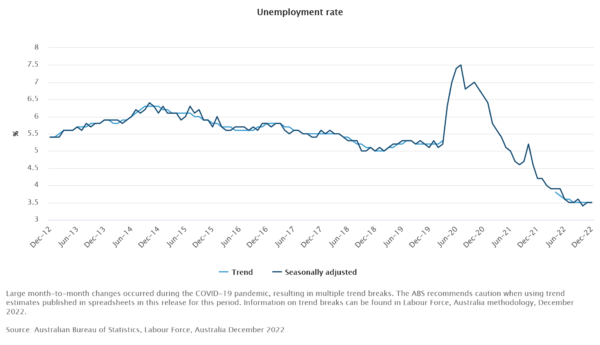
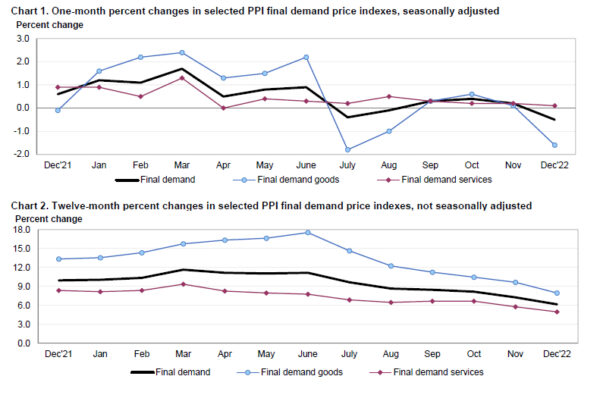
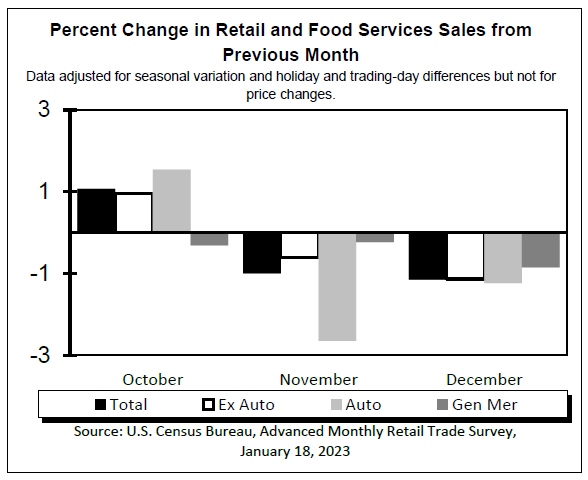
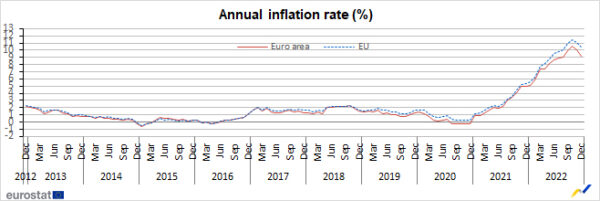
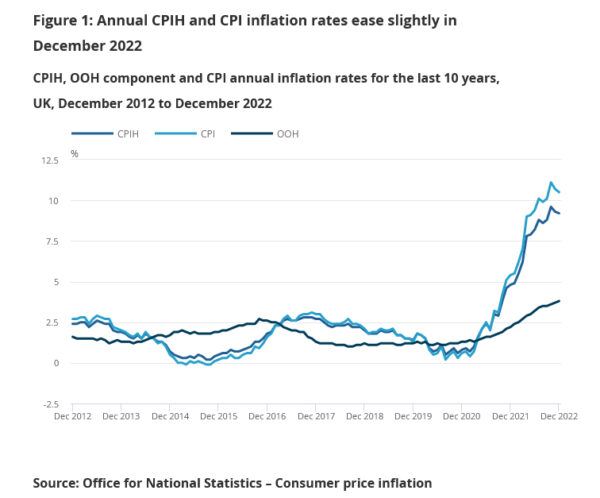
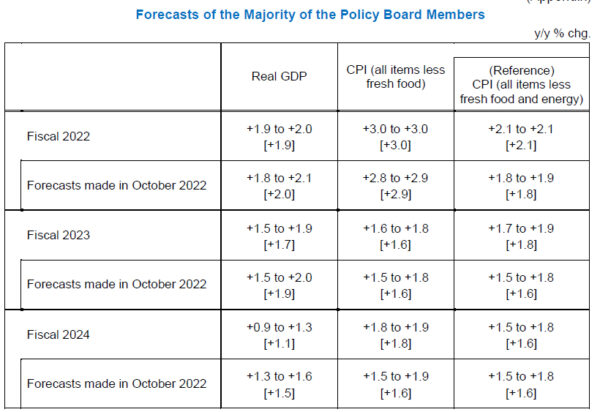

Fed Brainard: Policy will need to be sufficiently restrictive for some time
Fed Vice Chair Lael Brainard said in a speech yesterday, “even with the recent moderation, inflation remains high, and policy will need to be sufficiently restrictive for some time to make sure inflation returns to 2 percent on a sustained basis.”
“The FOMC moved policy into restrictive territory at a rapid pace and subsequently downshifted the pace of increases in the target range at its most recent meeting,” She noted. “This will enable us to assess more data as we move the policy rate closer to a sufficiently restrictive level, taking into account the risks around our dual-mandate goals.
Full speech here.